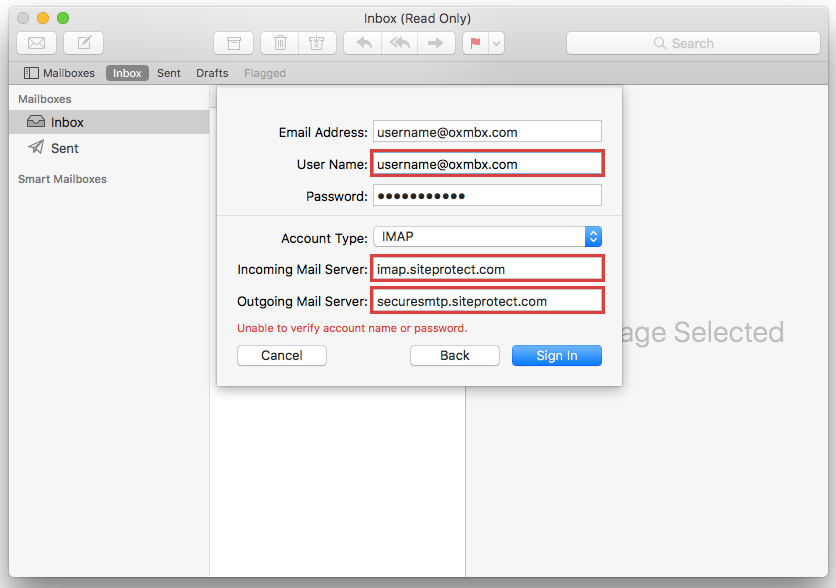
/what-are-icloud-mail-imap-settings-1170502-3cda269db5914d87b88e8764501377ae.png)
In other words, with IMAP you use your email program to manage email that is still stored on the server.

When you do things like answer or delete messages, these actions are processed on the server. So if you check your email on your laptop, for example, IMAP will fetch the content and temporarily store it on the device. You should also note that IMAP and POP3 are not offered by all email service providers – and at they are Premium features.įor users, the most important difference is that IMAP allows remote access to emails stored on a mail server while POP3 downloads them to a device. However, if you connect to your email account using a third party email program, for example Thunderbird or Outlook on your laptop or the Apple Mail app on your iPhone, you may have to manually get your email accounts set up with IMAP or POP3. Some email apps like the Mail App (see below) also work automatically so you don’t have to think about IMAP or POP3 settings. The email service provider handles everything. If you only use webmail to check your emails – that is, you check your email exclusively in your web browser, for example by logging in on the website – you don’t have to worry about IMAP and POP3. IMAP stands for Internet Message Access Protocol, and although we are now on version 4, the term IMAP4 is rarely used. POP stands for Post Office Protocol, and because the third version is currently in use, you will often see it referred to as POP3. POP and IMAP are protocols for retrieving mails from an email server to a device (i.e.


 0 kommentar(er)
0 kommentar(er)
